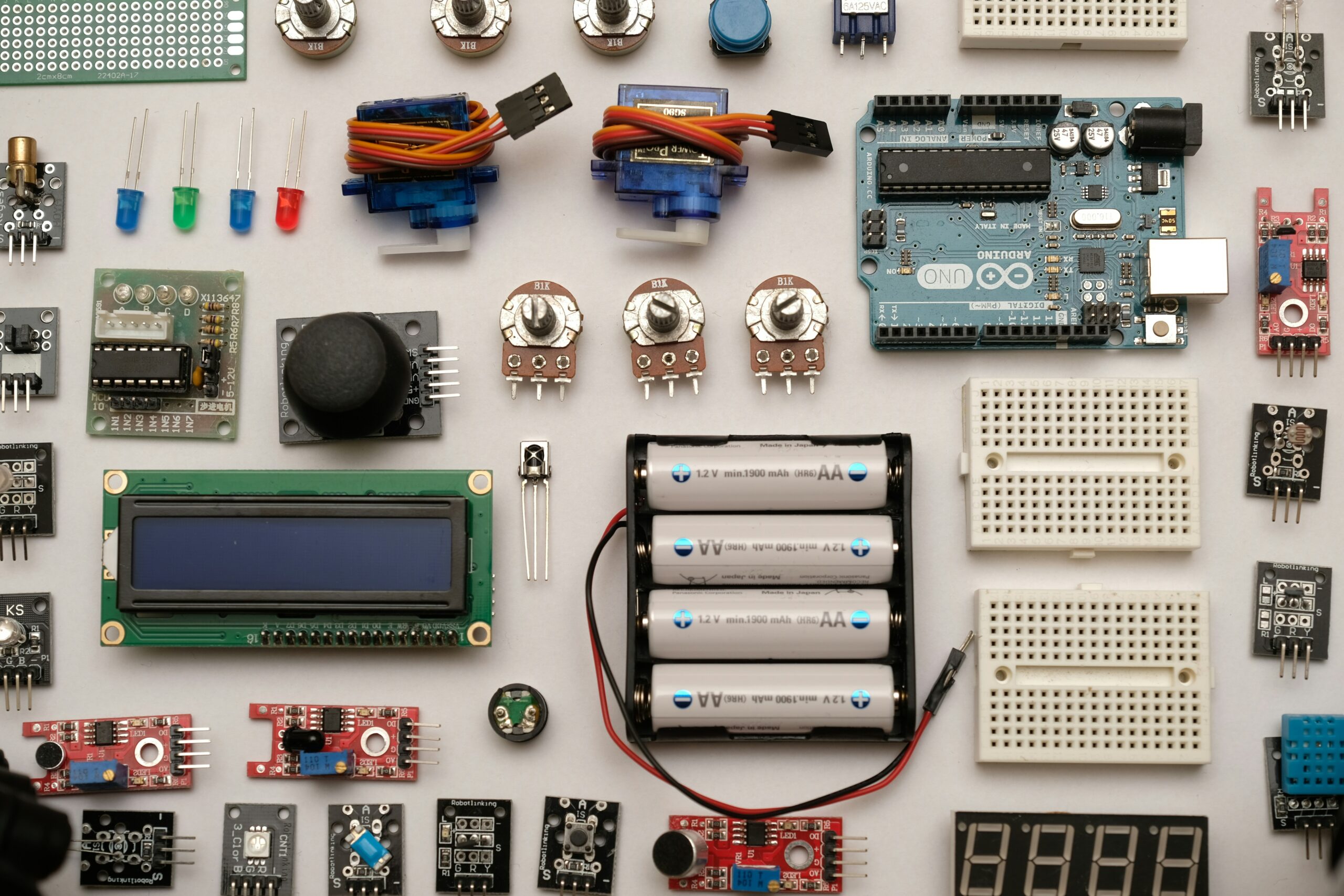In today’s interconnected world, businesses face numerous risks when it comes to managing their operations and working with third-party vendors. These risks can range from data breaches to supply chain disruptions, and they can have a significant impact on a company’s reputation and bottom line. To mitigate these risks, organizations are turning to innovative technologies such as the Internet of Things (IoT) and blockchain.
The Internet of Things (IoT)
The Internet of Things refers to the network of physical devices, vehicles, appliances, and other objects embedded with sensors, software, and connectivity that enables them to collect and exchange data. IoT devices can be found in various industries, including manufacturing, healthcare, transportation, and agriculture.
One of the key benefits of IoT is its ability to provide real-time data and insights. By connecting devices and collecting data, organizations can gain valuable insights into their operations, identify potential risks, and make informed decisions. For example, in the manufacturing industry, IoT sensors can monitor equipment performance, detect anomalies, and predict maintenance needs, reducing the risk of unplanned downtime.
Blockchain Technology
Blockchain technology, on the other hand, is a distributed ledger that allows multiple parties to record and verify transactions in a secure and transparent manner. It provides a decentralized and immutable record of all transactions, making it ideal for applications where trust and transparency are crucial.
One of the key features of blockchain is its ability to create smart contracts. Smart contracts are self-executing contracts with the terms of the agreement directly written into code. They automatically execute transactions when predefined conditions are met, eliminating the need for intermediaries and reducing the risk of fraud.
The Intersection of IoT and Blockchain
When IoT and blockchain technologies are combined, they offer advanced solutions for real-time monitoring and management of third-party risks. Here’s how:
Data Integrity and Security
IoT devices generate a vast amount of data, and ensuring the integrity and security of this data is crucial. By leveraging blockchain technology, organizations can create a tamper-proof and transparent record of IoT data. Each data point can be securely stored on the blockchain, ensuring its authenticity and preventing unauthorized access or modification.
Supply Chain Transparency
The supply chain is a critical area where organizations face numerous risks, including counterfeit products, theft, and quality issues. By using IoT sensors to track and monitor products throughout the supply chain and recording this information on the blockchain, organizations can create a transparent and traceable supply chain. This enables them to identify potential risks, track the origin of products, and ensure compliance with regulations.
Smart Contracts for Risk Mitigation
Smart contracts can be used to automate risk management processes and ensure compliance with predefined rules and regulations. For example, in the insurance industry, smart contracts can automatically trigger claims processing based on predefined conditions, reducing the risk of fraud and improving efficiency.
Real-Time Risk Monitoring
By combining IoT sensors and blockchain technology, organizations can monitor and analyze real-time data to identify potential risks and take proactive measures. For example, in the healthcare industry, IoT devices can monitor patient vitals and record this information on the blockchain. This enables healthcare providers to detect anomalies and intervene before a critical situation arises.
Conclusion
The combination of IoT and blockchain technologies offers advanced solutions for real-time monitoring and management of third-party risks. By leveraging the power of IoT to collect real-time data and blockchain to ensure data integrity and security, organizations can mitigate risks, improve operational efficiency, and enhance trust and transparency in their operations.
As businesses continue to face evolving risks, embracing innovative technologies like IoT and blockchain becomes imperative. By staying ahead of the curve and adopting these technologies, organizations can gain a competitive advantage and build a resilient risk management framework.
